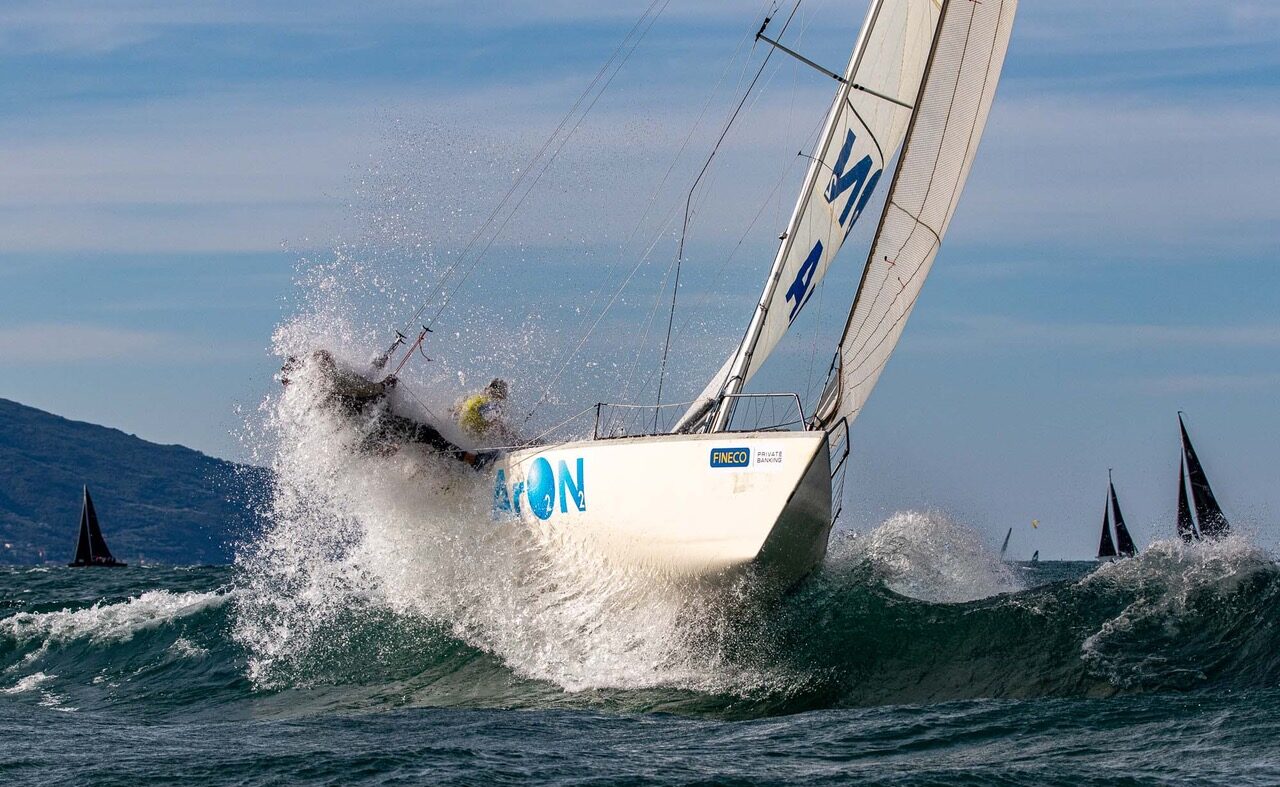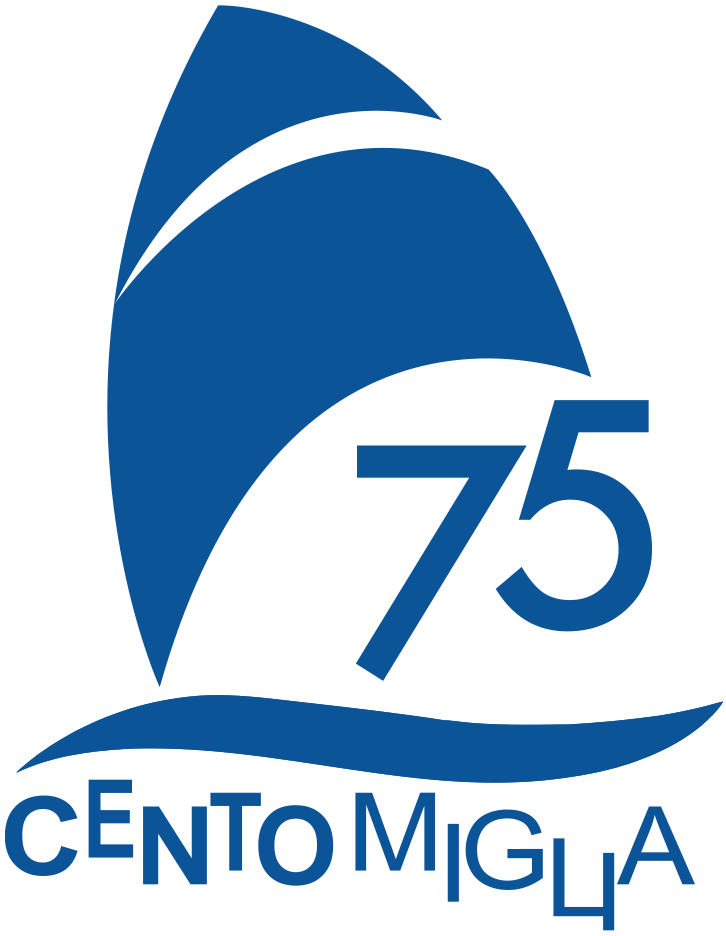The history of the Centomiglia sailing regatta deserves a long chapter.
Already told of “Heron,” “Manjana,” and the Renjollen, come 71 more editions.
It is a story within a story, all or most of it true, even too much, as many technicalities, which when not understood are, perhaps, best left alone.
They leave more room for imagination.
The certainties are there.
They can be rediscussed or read under a different lens.
It is the beautiful fairy tale.
So defined the Ligurian sailor Beppe Croce, a man of the sea, one of the fathers of international sailing, an Olympic athlete, president of both the world federation and the Italian federation.
He was Coni’s top executive, a great mediator when sport ended up as a weapon of blackmail during the Cold War.
Croce loved to race his boats.
For years, in September, he would arrive from his Genoa to Gargnano.
He would bring his 5.5-meter, international tonnage hull, still Olympic category.
He wanted to measure himself on the Great Lake tour.
In 1964 he won outright.
It was not just any victory.
Only 3 boats tamed waves and gusts of a summer storm and came to the finish line.
Aboard “Manuela,” winning hull, was his entire family.
Beppe at the tiller of the helm, his sons Gigi (Olympic skipper in Tokyo 1964) and Carlo (in Monaco-Kiel 1972 and Montreal 1976) at the rigging.
Croce also won his last career title.
It was that of Champion of Italy 1969 in Torbole.
The only regret in talking about Centomiglia is having to sacrifice a lot of things heard, blurted out, some solemn “fanfare,” and more.
The route traced by the yellowed pages of the old archives at the Club of Gargnano took us on a stroll around a Lake and a Regatta that has always had a charm of its own.
There was no lack, then as now, of authentic discoveries, which help to understand how the race is the true manifesto of these shores, of its sailing associations.
Such as the first “Portolano,” compiled as far back as 1923.
Collected in the 1950s by the members, the boys, who animated the Circolo Vela, and also Motore, of Gargnano.
They used to write staccato “Hundred Miles.”
They used to publish stories by Orio Vergani.
His pen spoke of the Benaco, of its riches.
Engineer Giacomo Garioni, the Giacomino for those in Gargnano, one of the founding fathers, called the regatta “A hymn to sailing.”
Cino Massari, whom we met as treasurer, explained Beppe Croce’s The 5.5 m.s.i. “Mad” at the 1955 Centomiglia Renzo Castagneto, creator of the Mille Miglia, in the port of Bogliaco guest at the start of a 1950s Centomiglia the economic potential.
He jotted down every little expense in a ruled notebook.
What about Luciano Mondini, the leading correspondent of journalism in the province of Brescia.
He went out of his way to involve the “pens,” and also many … pains, from all the national newspapers plus the ever-present German, revered and served, who would show up as a great signature, only to disappear into thin air, like his prose. Giulio Cesare Carcano, the engineer from Mandello del Lario, who in sailing was the daddy of the 5.50 “Volpina,” Croce’s legendary “Manuela” and, in motorcycling, of all the real Guzzi, “Falcone” and V7″, was analyzing technical aspects, in the same years when he had already designed the first Italian boat for the America’s Cup.
Engineer Carcano came back to my mind a short time ago thanks to the painter Ligabue, celebrated by a beautiful exhibition proposed in Desenzano.
The hook was his raids from Emilia to the Lake on his red Guzzi motorcycle.
I think it was a Falcone.
It just so happens that it was Carcano, the sailboat and rowing engineer, who developed that motorcycle, right down to the Bob that won the 1956 Winter Olympics in Cortina d’Ampezzo.
This tale of the lake had started with Pindar’s flights.
More and more it finds itself with stories, legends and more, almost everything, I wrote almost, true, some inevitable poetic license.
But back to the little square in Bogliaco, the agora of regattas, of many events, especially the Centomiglia.
First we started from Gargnano, always a square, always with many experts.
There we saw people understand everything about mainsails, jibs, fins, torpedoes, and various pappafish.
Like what happens in soccer or formula one.
It is a world that may seem repetitive.
It isn’t.
It has its own identity.
To the sporting feat, to the desire to win the “Hundred Mile,” it has been able to add what someone called, “Adventure and legend.”
Today it is history.
Or maybe only I believe so.
But there is no need to bother the many lake singers, from the usual Goethe to D’Annunzio.
From these we have already drawn in the first pages of our journey around the Lake, which is then our World.
The Hundred is an Event with its new storytellers, its champions, especially its evolutions in technology.









